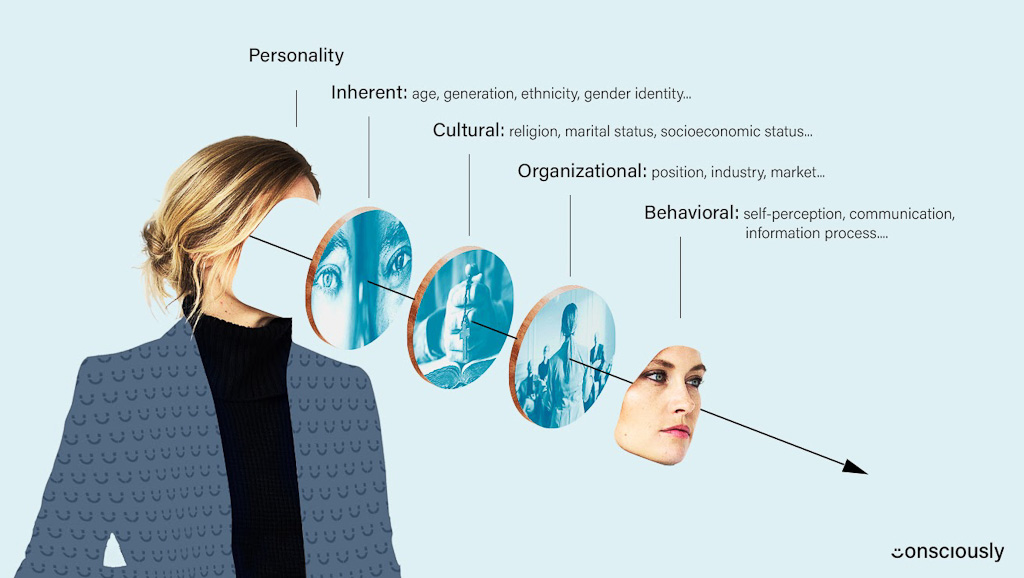Visible Characteristics Unconscious Bias

Biases based on visible characteristics include those centered on race, gender, ethnicity, age, sexual orientation, gender identity, physical ability, and gender expression. They are generally “in your face,” in that you can clearly see the color of someone’s skin, how old they are, their gender, etc.
Sexual orientation may not be as openly visible, but we may judge others’ orientation based on the way they are dressed or their mannerisms.
Let’s take these each in turn. Do you recognize yourself, an employee, or a vendor? Because some of these terms can be confused with each other, it’s important to have clear definitions.
- Race bias can be conscious or unconscious. It can be individual or institutional.
- Individual racism, according to the American Psychological Association (APA), is “a personal belief in the superiority of one’s race over another. It is linked to racial prejudice and discriminatory behaviors, which can be an expression of implicit and explicit bias.”
- Institutional racism is “a system of assigning value and allocating opportunity based on skin color,” says the APA. It gives some individuals and groups an unfair privilege.In the business world, it can be seen in disparities in employment, salary, and opportunities for advancement. It can be expressed implicitly or explicitly and occurs when a group is discriminated against based on race. For example, you might see only white people in upper management.
- Gender bias is a preference or prejudice toward one gender over the other. It can manifest in many ways, both subtle and obvious, according to job posting site Diversity.com. Examples of gender bias in business include wage disparities among different genders doing the same job with the same qualifications, and leadership roles primarily filled by one gender.
- Ethnic bias is defined by cultural heritage. Ethnicity is often confused with race, but it’s not the same thing. Someone might be white, for example, but their ethnicity is Jewish or Polish. Race is a social construct that brings together skin color, heritage, and historical context.
- Age/generational bias is when people in positions of power make assumptions or decisions based on someone’s age or generation.
- Gender identity refers to a person’s internal sense of being male, female, or something else. Gender identity is fundamentally different from and not related to sexual orientation. One example of gender identity bias comes from a study that found job applicants who described themselves as transgender were rated less likable and hirable than applicants who did not describe themselves as transgender but had the same qualifications.
- Physical/mental ability is a very prevalent bias. One study found that “preference for people without disabilities compared to people with disabilities was among the strongest implicit and explicit effects across the social group domains.” It found that 76% of respondents showed an implicit preference for people without disabilities, compared to 9 percent for people with disabilities. Added the study authors: “The relative negativity toward disabled people was evident across genders, ethnicities, age groups, and political orientations.”
- Gender expression is how a person publicly expresses their gender. It can include behavior and appearance such as hair, clothing, makeup, body language, and voice. An example of bias would be unconsciously taking a dislike to a man who seems feminine or a woman who doesn’t wear makeup.








